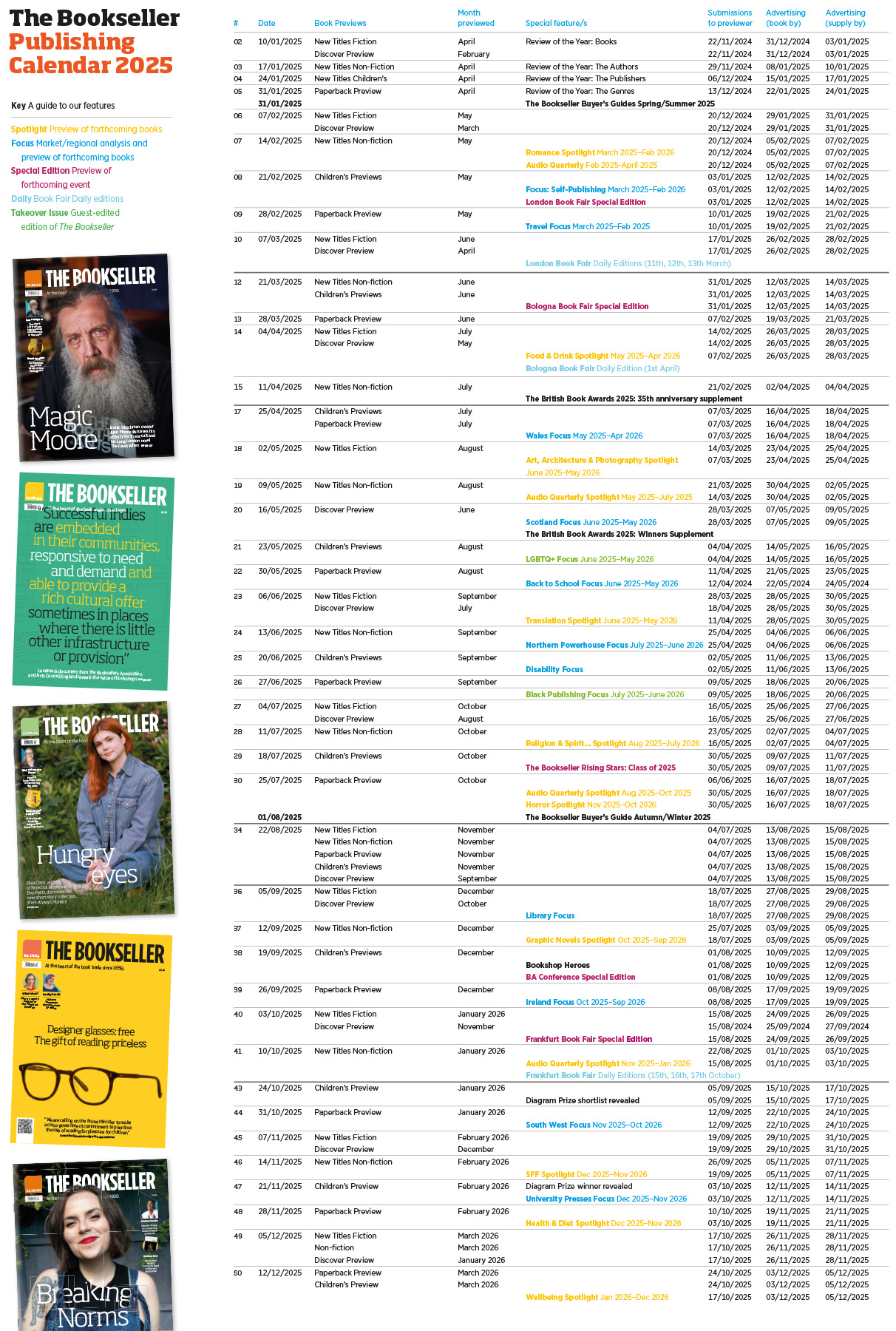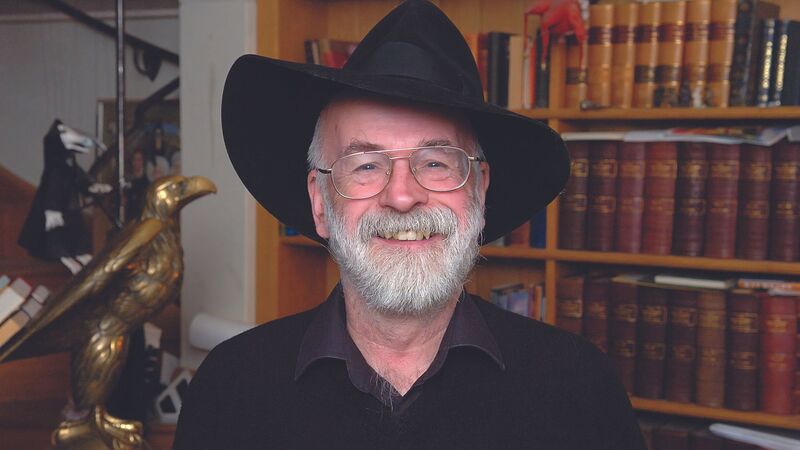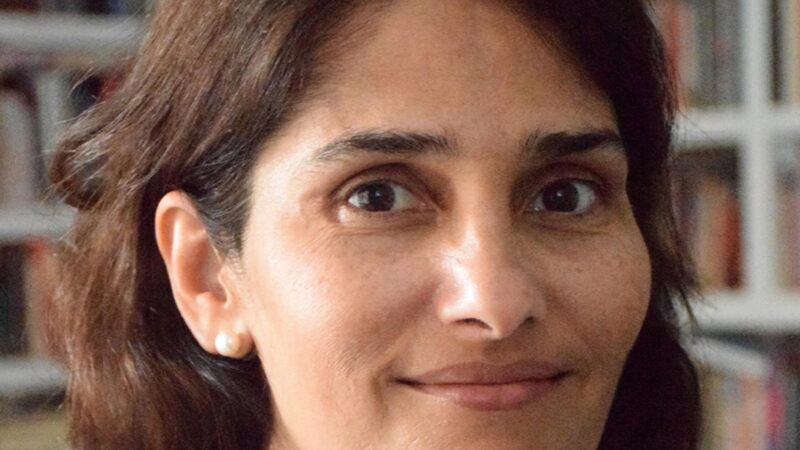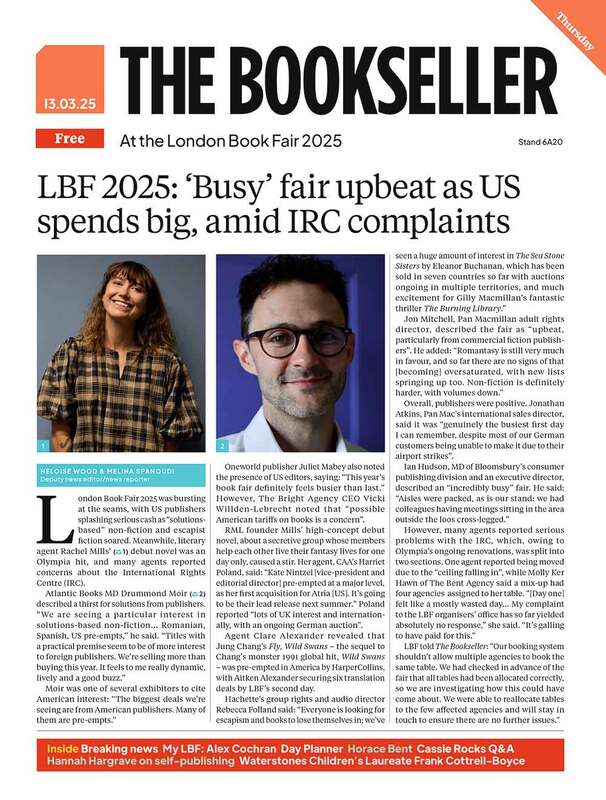You are viewing your 1 free article this month. Login to read more articles.
Hachette UK ethnicity and gender pay gaps decrease but diversity in publishing roles ‘low’
The ethnicity pay gap at Hachette UK, including those who work in distribution, has reduced by 17% since 2019, the company’s latest ethnicity pay report has revealed, however representation across publishing roles and senior management remains “very low”.
Combining two years of data following a decision not to publish an ethnicity pay gap report in 2021 due to lockdown, the percentage of those who identify as Black, Asian and minority ethnic (BAME) in the whole group, which includes distribution, sat at 11.5% in 2021, up from 9.6% in 2019 and 7.7% in 2018, when the company’s data was first published. At Hachette UK, which comprises only staff in the publishing and central departments, the 2021 figure was 13.3%, up from 11.1% in 2019.
In 2019, in line with the Publishers Association Inclusivity Action Plan, Hachette pledged a BAME representation target of 15% of the total group workforce within five years. Overall, since 2019, the whole group has seen an increase in the proportion of Black, Asian and minority ethnic employees in every pay quartile. The report states, however, that “representation across our publishing roles and senior management remains very low” with only one BAME member of the Hachette UK board - group communications director Doyel Maitra.
The figures show a 20.1% decrease in the mean ethnicity pay gap for Hachette UK, falling from 21.9% in 2019 to 17.5% in 2021. The median gap has also fallen by 16.7% since 2019, and stood at 12.5% in 2021.
The mean pay gap is calculated by adding all employees’ rates of pay together and dividing that number by the total number of employees, while the median pay gap is measured by finding the midpoint in all employees’ hourly pay.
There was also a 17% decrease in the mean figure for the whole group from 14.1% in 2019 to 11.7% in 2021. The median gap also closed 32.9% and stood at 5.3% in 2021 compared to 7.9% in 2019.
Responding to the findings of the simultaneously released ethnicity and gender pay gaps, Kim Kidd, diversity and inclusion manager at Hachette UK, said: “It’s encouraging to see that representation is improving and both our ethnicity and gender pay gaps are moving in the right direction, but there’s still a long way to go before we are fully representative of the consumers we hope to serve.”
The gender pay report revealed that since its first report in 2018, the publisher has seen a reduction in the mean pay gap for Hachette UK of 27.6% and a reduction for the whole group of 6.3%.
The mean hourly gender pay gap for the entire group reduced from 13.8% in 2021 to 13.3% in 2020, with the median standing at 5.6% from 6.7% the previous year. At Hachette UK, the mean gap narrowed slightly from 21.9% to 21.5% while the median increased by 0.5% to 18.1%.
When it comes to bonuses, the company reported a mean gap of 65.6% in 2021 for the whole group compared to 53.9% in 2020, with the median gap at 0.5% compared to 8.2% the year before. At Hachette UK, the mean gap widened to 71.7% from 60.6%, although the median gap fell from 20.7% to 18.3%
In 2018, Hachette UK pledged that the then population of 66% women would be reflected in the top pay quartile. It is now close to achieving that target, at 64%, and over the same time period, the make up of the Hachette UK board has also shifted from one third to two-thirds women.
Last year, the firm also outlined action plans to improve representation at the company, including its "Changing the Story: People and Publishing Transparency Report", which included results of its 2021 staff and author censuses. It also outlined initiatives including a partnership with the Black Writers’ Guild and the reimagining of its Future Bookshelf scheme as the home for all of Hachette UK’s creative writing programmes focused on diversity and inclusion.






















